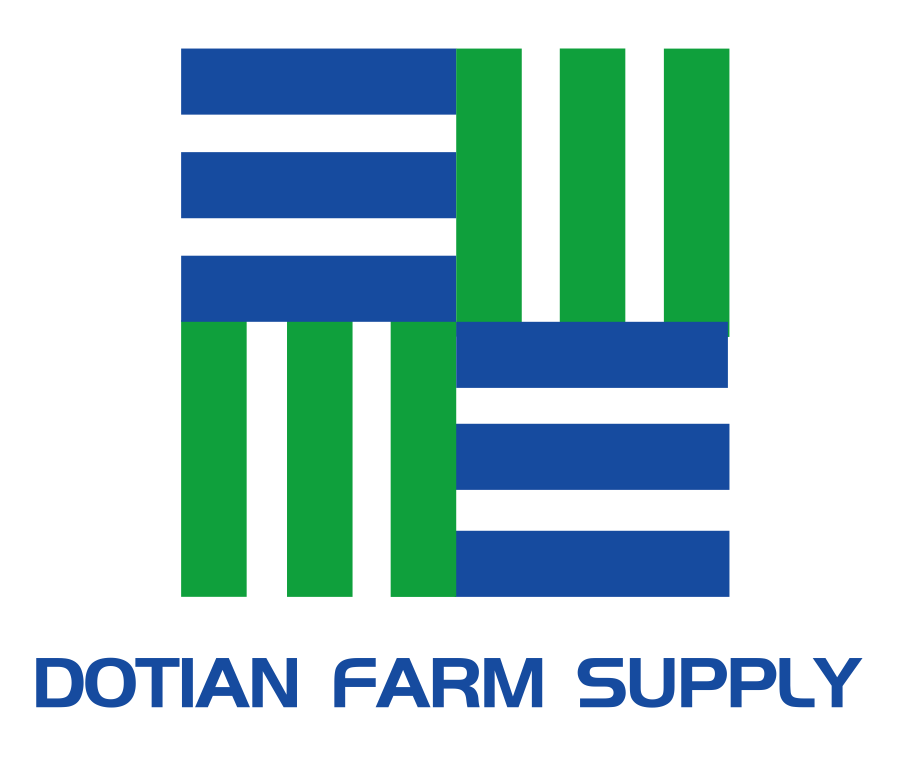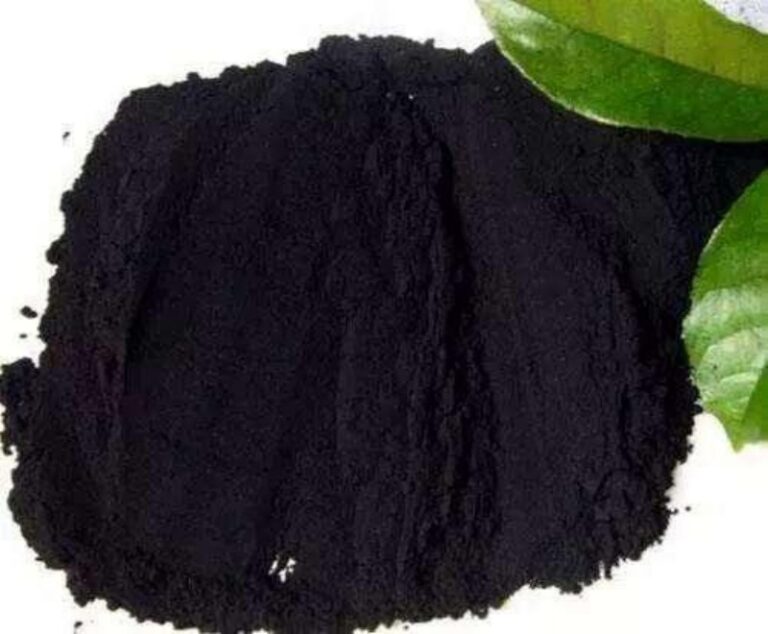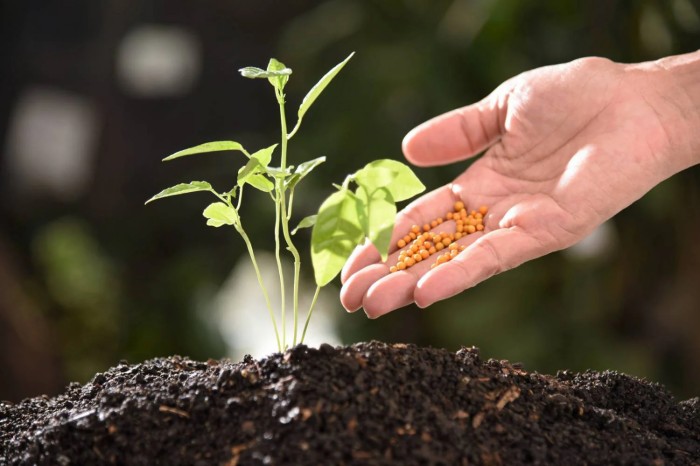Introduction
Trichoderma fungi, particularly Trichoderma harzianum and Trichoderma asperellum, have gained recognition in sustainable agriculture for their ability to control plant diseases and enhance crop growth. This guide outlines the applications, benefits, and best practices for using these fungi in farming, aimed at helping agricultural producers maximize their yield and health of their crops.
Benefits of Trichoderma Fungi
- Disease Control
- Trichoderma harzianum is effective against a wide range of plant diseases, including:
- Gray mold (Botrytis cinerea)
- Root rot (Pythium spp.)
- Fusarium wilt (Fusarium spp.)
- Trichoderma asperellum excels in specific disease control, such as:
- Cucumber wilt (Fusarium oxysporum)
- Apple black spot (Cylindrosporium pomi)
These fungi inhibit pathogenic fungi through competition for resources, production of antibiotics, and inducing plant resistance.
- Plant Growth Promotion
Both strains enhance root development and nutrient uptake. They can secrete plant hormones that stimulate growth, leading to improved crop yield and quality. - Soil Health Improvement
Trichoderma fungi thrive in soil, enhancing the microbial community structure, improving soil fertility, and increasing crops’ resilience against stress factors.
Best Practices for Application
Optimal Concentration
- Liquid Formulation: Use concentrations between 1×10^6 to 1×10^8 CFU/mL.
- Solid Formulation: Apply 1-2 kg per acre when incorporating into soil or growing media.
Application Methods
- Foliar Spray: For disease prevention, prepare a spore solution and spray it evenly onto the crop foliage.
- Soil Drench: Apply the fungus directly to the soil around the root zone for better colonization and disease control.
Frequency of Application
Reapply every 7-14 days, especially during peak disease seasons or when conditions are favorable for pathogen growth.
Considerations for Success
- Environmental Conditions: Ensure optimal temperature and humidity for fungal activity.
- Crop Specificity: Tailor the use of Trichoderma strains based on the specific crops and diseases present.
- Conduct Trials: Perform small-scale tests to determine the most effective concentration and frequency for your specific conditions.
For more information on Trichoderma fungi and how to implement them in your farming practices, visit DOTIANFARMSUPPLY.COM.







